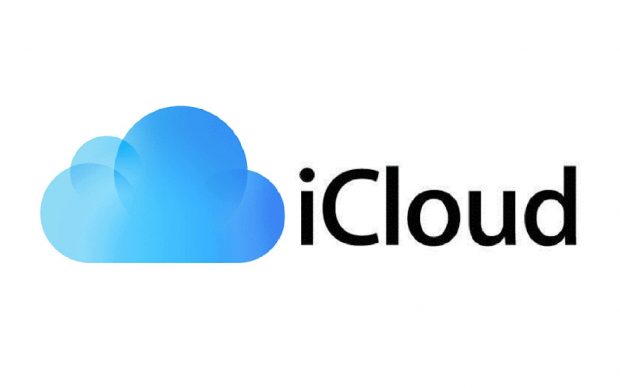We unveil the details of iCloud – Apple way for storing personal files.
In June 2011 Apple unveiled iCloud. After years of charging users for access to its online services such as eWorld, iTools and MobileMe which were similar in premise to iClouds storage idea without the technology yet to do what iCloud does. Apple decided to make iCloud free, at least for the first 5GB of storage capacity. iCloud bundled together the former MobileMe services – Contacts, Calendar and Mail – reengineered for the new service. Apple also brought together the App Store and iBookstore into iCloud – enabling you to download apps and books to all iOS devices, not just the one you bought the products on. Apple also introduced iCloud Backup, enabling you to back up your iOS devices to iCloud whenever they’re charged on Wi-Fi. Other changes to iCloud included support for document syncing between applications on iOS and OS X that support Apple’s iCloud Storage APIs (Apple’s iWork applications being the most notable), Photo Stream and iTunes (Cohen, 2013).
Some criticisms of iCloud include that sharing documents with users who do not have the platform can be a longer, more difficult process than the likes of Google Drive and OneDrive. Trying to access iCloud files from Windows or Android platforms is complicated. Cohen, P. (2013).
A history of Apple in the cloud: from AppleLink to iCloud. iMore. Retrieved 17 February 2022, from https://www.imore.com/history-apple-cloud-applelink-icloud.
